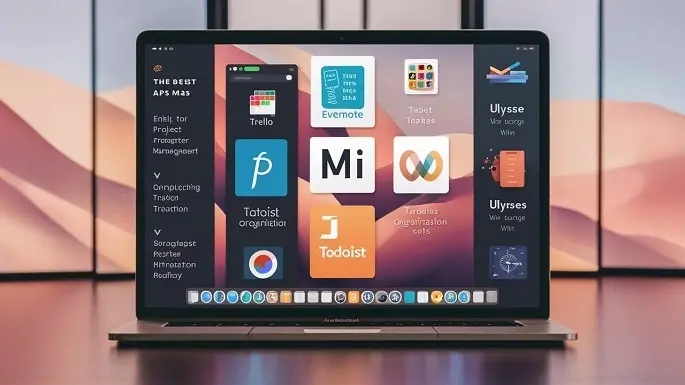The remote work revolution has transformed how businesses operate. Gone are the days of cubicles and punch clocks. Today, talented individuals can work from anywhere in the world, blurring the lines between traditional work schedules and fostering a results-oriented environment. However, this shift comes with a new set of challenges, one of the biggest being: how to track time effectively for your remote team.
The answer depends largely on your team's compensation structure. Are they paid by the hour, or do they receive a fixed salary? Here's a breakdown of the two main approaches to time tracking for remote teams, along with some tips for finding the right fit:
Tracking Time for Hourly Remote Workers
For hourly employees, time tracking is essential for accurate payroll calculations and ensuring compliance with labor laws. Here are some key considerations:
• Transparency and Trust: Communicate your time tracking expectations from the outset. Explain why it's important and how it benefits both the employee (accurate pay) and the company (project budgeting and forecasting).
• Time Tracking Tools: Invest in user-friendly time-tracking software that integrates seamlessly with your existing workflow. Look for features like project timers, automatic screenshots (with employee consent), and easy timesheet submission.
• Focus on Results: While tracking hours is important, prioritize achieving project goals over micromanaging every minute. Regular one-on-one meetings can help you assess progress and identify any roadblocks, without relying solely on tracked hours.
Benefits of Time Tracking for Hourly Remote Workers
• Accurate Payroll: Automated time tracking eliminates the hassle of manual time sheets and ensures employees are paid correctly for their work.
• Improved Project Budgeting: Accurate time data allows you to better estimate project costs and identify areas for improvement.
• Enhanced Transparency: Time tracking provides a clear picture of how long tasks take, fostering better communication and collaboration within your team.
Challenges of Time Tracking for Hourly Remote Workers
• Micromanagement Concerns: Some employees may feel like they're being micromanaged if time tracking is implemented without proper communication and trust.
• "Clock Watching" Mentality: Focusing solely on hours worked can take away from the bigger picture of achieving results efficiently.
• Tool Fatigue: Using multiple time tracking tools can be cumbersome for employees. Opt for a user-friendly, integrated solution.
Tracking Time for Salaried Remote Workers
With salaried employees, the focus shifts from tracking hours to measuring output and results. Here's what to consider:
• Goal Setting and Performance Management: Set clear and measurable goals for each employee, aligned with overall project objectives. Regularly evaluate performance based on these goals, not just the number of hours worked.
• Focus on Outcomes: Empower your team to manage their time effectively and hold them accountable for delivering quality work on time.
• Time Tracking for Self-Evaluation: Consider using time tracking tools for salaried employees as a self-evaluation tool. This data can help them identify areas for improvement in time management and workflow.
Benefits of Time Tracking for Salaried Remote Workers
• Improved Productivity: Focusing on results rather than hours can encourage employees to find more efficient ways to work.
• Increased Autonomy and Trust: Employees feel empowered to manage their own time and workload, fostering a culture of trust and ownership.
• Self-Awareness and Time Management: Time tracking data can help employees identify areas where they can improve their time management skills.
Challenges of Time Tracking for Salaried Remote Workers:
• Setting Clear Goals: Defining clear and measurable goals is crucial for evaluating performance without relying solely on hours worked.
• Lack of Structure: Some employees might struggle with self-directed work and require additional support with time management.
• Overwork and Burnout: Without proper communication and boundaries, salaried employees can be susceptible to overwork and burnout.
Finding the Right Balance
The ideal time-tracking approach for your remote team lies in finding the right balance between accountability and trust. Here are some additional tips:
• Open Communication: Discuss time-tracking expectations with your team openly and honestly. Get their feedback and address any concerns.
• Focus on Outcomes: Make achieving project goals the top priority, regardless of the hours worked.
• Invest in the Right Tools: Choose time-tracking software that is user-friendly, integrates with your existing workflow, and offers features that benefit both employees and managers.
• Regular Check-ins: Schedule regular one-on-one meetings to discuss progress, roadblocks, and workload.
• Promote Work-Life Balance: Encourage your team to take breaks, disconnect after work hours, and maintain a healthy work-life balance.
The Future of Remote Time Tracking
The future of remote time tracking is likely to move away from simply monitoring hours worked and towards a more holistic approach that focuses on:
• Outcome-Based Measurement: Evaluating performance based on achieving project goals and objectives.
• Employee Well-being: Encouraging work-life balance and fostering a culture of trust that empowers employees to manage their time effectively without feeling pressured to overwork.
• Data-driven insights: Utilizing time tracking data to identify areas for improvement in workflow, project management, and overall team productivity.
Conclusion
The remote work revolution has redefined how we track time and measure productivity. There's no longer a one-size-fits-all approach. Understanding the differences between hourly and salaried employees is a good starting point, but your remote time-tracking strategy should be tailored to your specific team, project needs, and company culture.
Remember, the goal isn't to micromanage your team's every minute. It's about fostering trust, accountability, and a results-oriented environment. By focusing on outcomes, utilizing the right tools, and promoting work-life balance, you can empower your remote team to thrive and achieve success. Embrace the flexibility that remote work offers, and use time tracking as a tool to help your team, not hinder it.


